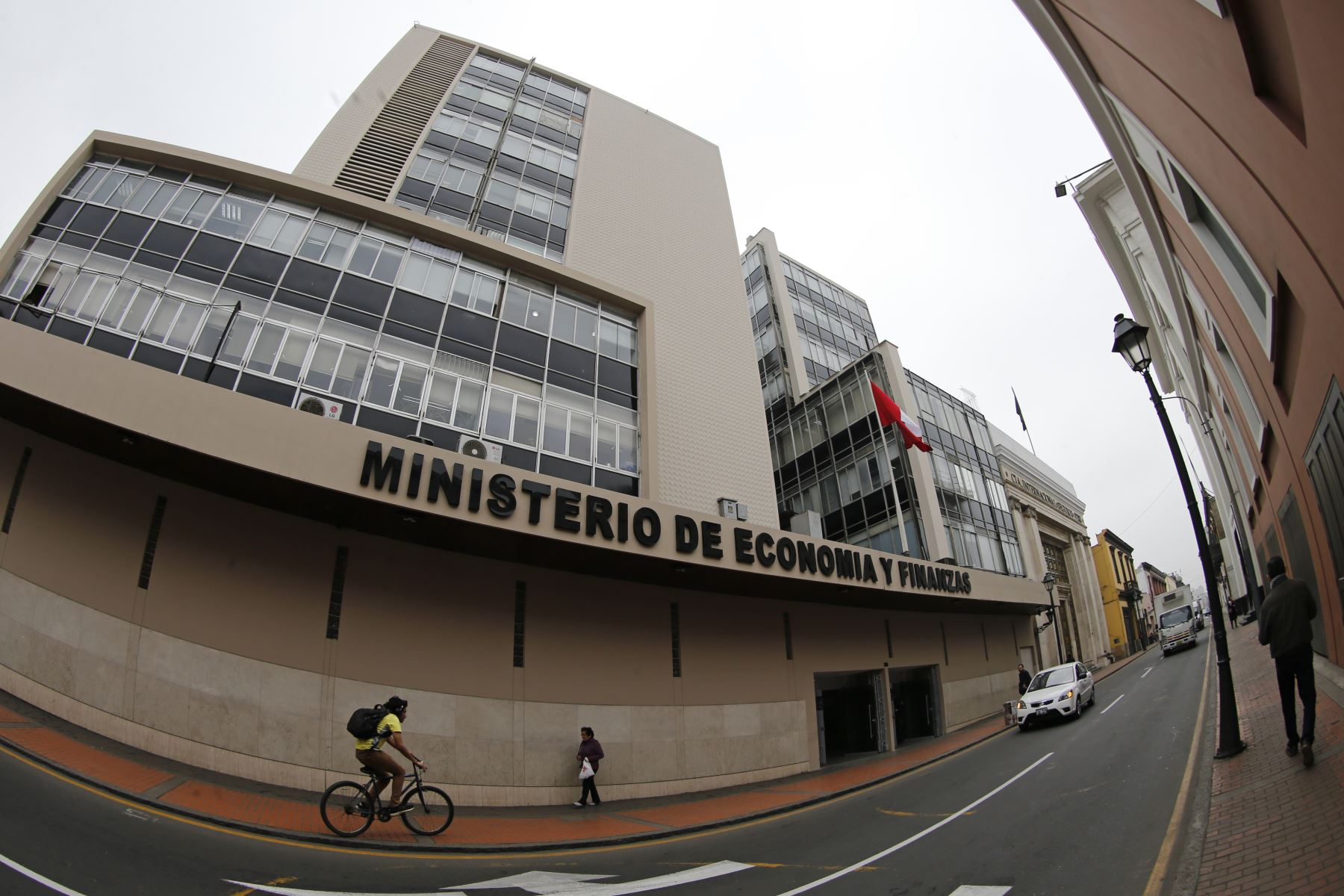
The Ministry of Economy and Finance (MEF) presented its tax reform and simplification project before the Congress of the Republic, through the publication of bill 6768, which, specifically, promotes the reduction from 4 to 2 regimes.
In Peru there are currently 4 tax regimes: New Simplified Single Regime (NRUS), Special Income Tax Regime (RER), MYPE Tax Regime (RMT) and General Regime.
MEF proposes the ex officio incorporation of the subjects of the RER and the RMT, who as of December 31 of the taxable year 2024 would have been paying taxes, to the General Regime.
In addition, Sunat automatically incorporates into the single category those subjects who, as of December 31 of the taxable year 2024, have been included in Category 1 or 2 of the New RUS, unless they are affected by the General Regime.
The proposal actually involves creating a new single simplified regime, aimed at smaller companies, without monthly limits, so that it can give them greater flexibility depending on the seasonality of their sales; and a general regime in which all other companies would be.
This new simplified regime also proposes a series of incentives to boost investment by MSEs, the hiring of personnel, and for companies that purchase supplies to request electronic receipts.
The proposal also contemplates a transition period towards this new regime. The validity of the two new regimes will begin to take effect on January 1, 2025.
Elimination of the RER and Mype Regime under scrutiny
The MEF proposal is not completely convincing. Tax expert David Bravo recognizes that this new regime replaces the so-called “New RUS” and from there it moves to the General Regime, without any intermediate regime.
“The question that remains is whether the State will be in a position to avoid atomization; the use of front men who are not family members is almost impossible to detect,” he highlights.
Bravo states that section 12.3 has been included, which deals with cases of incorporation into the General Regime that are relatively easy to verify. But the subject who wants to carry out his business in this special regime “will do so through third parties without any supposed connection.”
“That is to say, it will create several companies with supposedly independent partners, atomizing its sales so as not to exceed the 19 UIT or other parameters of the law. Sunat would have to do very fine intelligence work to detect these cases of tingling, I don’t think it has the sufficient resources with a declining collection,” said the specialist.
Concern shared by tax expert Miguel Carrillo, who warns that the amount of the new RUS fee continues to be a minimum of S/50 or S/20 in a single category, and the maximum limit to remain in the new RUS will be 19 UIT (the rest passes to General Regime).
“Now, considering that the ITU is at S/5,150, the maximum limit would be S/97,850. Currently, the limit of the new RUS is S/96,000, so I do not see a substantial difference. More will be collected as a result. of the modification to the new RUS, but of the elimination of the RER and RMT,” he points out.
“And although the rule aims to reduce the regimes to only two, the minimum RUS quota amount has to be increased to S/100,” adds Carrillo.
Source: Larepublica
Alia is a professional author and journalist, working at 247 news agency. She writes on various topics from economy news to general interest pieces, providing readers with relevant and informative content. With years of experience, she brings a unique perspective and in-depth analysis to her work.











